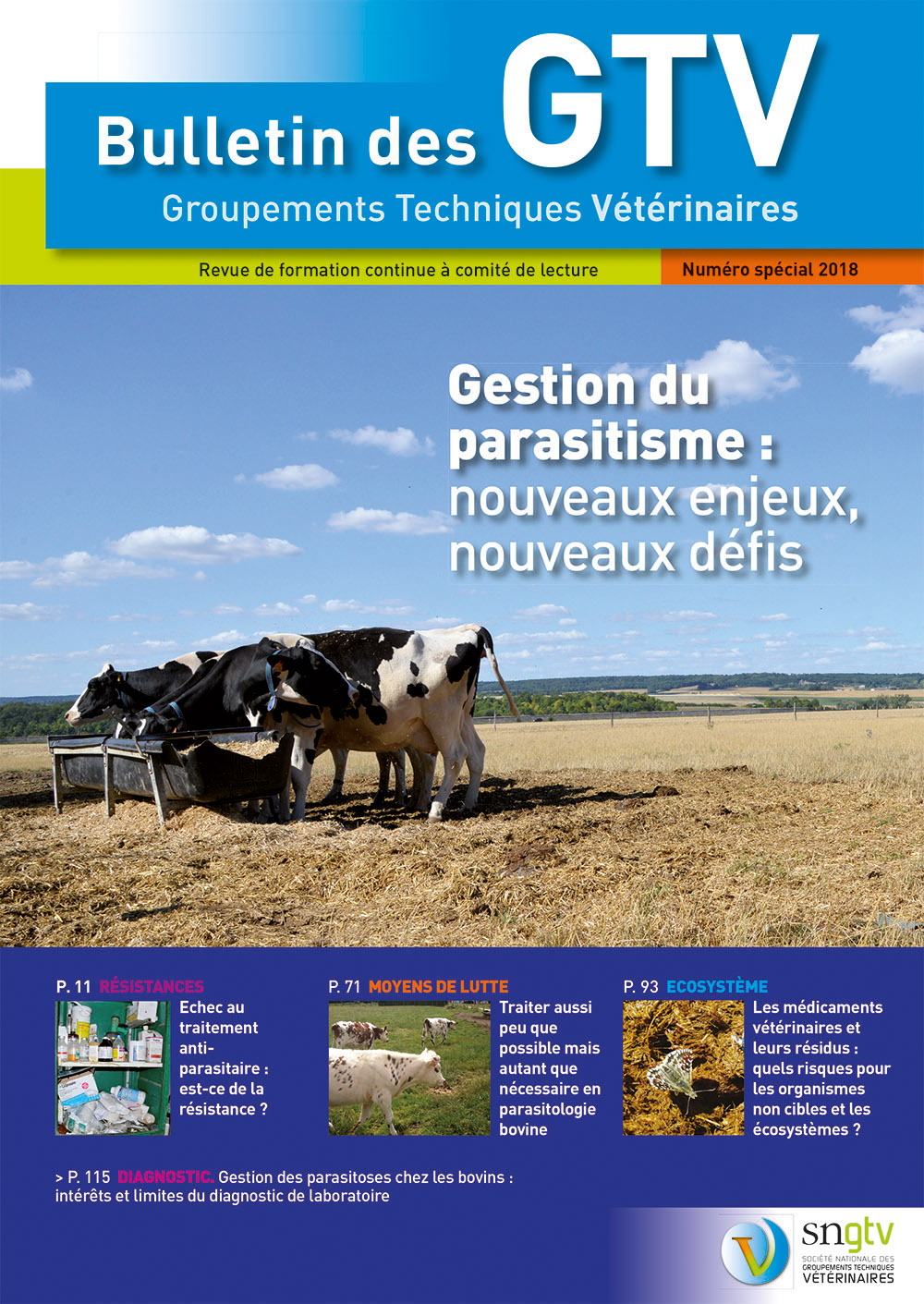Traitements antiparasitaires : comment bien déterminer son schéma posologique ?

Auteurs
Résumé
La mise en place d’un traitement antiparasitaire chez les ruminants est la résultante d’une analyse collective de la situation, même si elle revient à ne traiter qu’un nombre limité d’animaux. Pour autant, la détermination du schéma posologique devrait être par essence individuelle. En médecine canine ou humaine, l’adaptation du schéma posologique aux spécificités de chaque individu tend à devenir la règle. Cette individualisation n’est pas envisageable en médecine des animaux de production. Pour autant, plusieurs éléments doivent être pris en considération par le praticien pour s’assurer d’un traitement adapté à l’échelon collectif. Se posent ainsi plusieurs questions fondamentales : quel traitement privilégier ? selon quelle voie d’administration ? à quelle posologie ? tout en respectant les contraintes liées aux résidus, à la règlementation voire à certains cahiers des charges particuliers (élevage biologique, zones naturelles protégées, …). Différentes données sont disponibles auprès du praticien pour l’aider dans le choix de la thérapeutique à employer : beaucoup d’essais cliniques plus ou moins informatifs, différentes caractéristiques pharmacocinétiques (demi-vie, biodisponibilité, clairance, volume de distribution, Tmax, Cmax, ...) ou pharmacodynamiques (puissance, dose efficace, concentration efficace). Certaines de ces données sont indispensables, d’autres peuvent être sources de confusion. Nous reviendrons ici sur les caractéristiques pharmacologiques les plus importantes à maîtriser par le praticien.
Abstract
The use of an antiparasite treatment in ruminants is the result of a collective analysis of the situation even if in reality only a limited number of animals are treated. Deciding the appropriate dosing regimen should be made on an individual basis. In canine or human medicine, adaptation of the dosing regimen to the specificities of each individual is generalised. Individualised treatment is not possible in production animal medicine. However, several elements must be taken into consideration by the practitioner to ensure the appropriate treatment of groups of animals. This raises several fundamental questions: what treatment should be chosen? What is the route of administration? what dosage? while respecting the constraints related to residues, regulations and even some specific farming rules (organic farming, natural protected areas, etc ...). Data are available for the practitioner to help him/her choose the appropriate therapy: information from clinical trials, pharmacokinetic characteristics (half-life, bioavailability, clearance, volume of distribution, Tmax, Cmax, ...) or pharmacodynamics (power, effective dose, effective concentration). Some of these data are essential, others can be confusing. The paper will describe the most important pharmacological characteristics which need to be understood by the practitioner.

